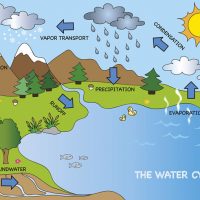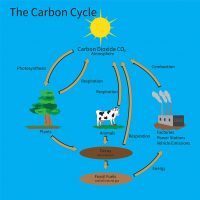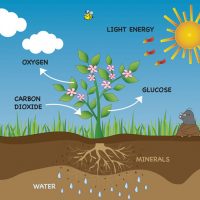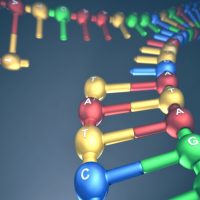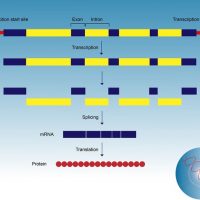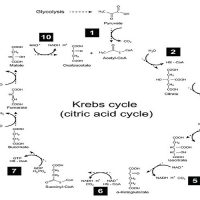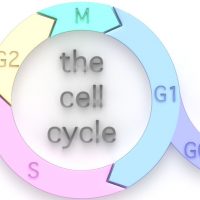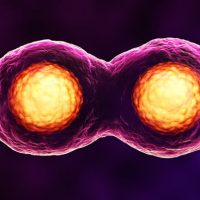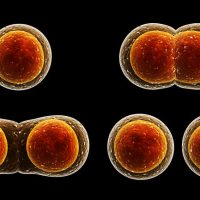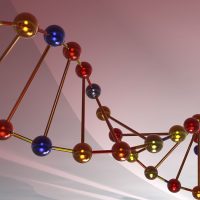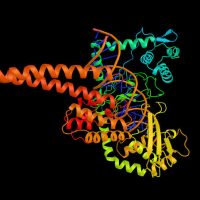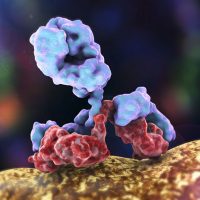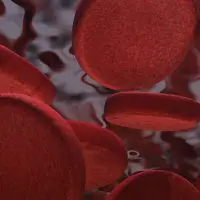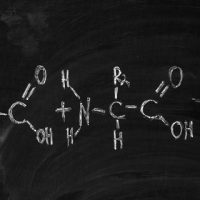Living organisms need energy to carry out daily activities; cellular respiration is the process that cells use to make energy, using glucose and oxygen. This produces carbon dioxide and a usable form of cellular energy, called adenosine triphosphate (ATP). There are several subdivisions to respiration, and glycolysis is the first of these, but where does glycolysis take place?
Where glycolysis takes place
While most of respiration takes place inside tiny cellular organelles called mitochondria, glycolysis is the only part that takes place outside, in the cell’s cytoplasm. Because it occurs outside the mitochondria, it is the main source of cellular energy in living things that don’t possess any mitochondria, such as single-celled organisms.
Glycolysis takes place in the cell’s cytoplasm.
All chemical reactions require an input of energy before the reaction can proceed; for example, a matchhead is dragged against a rough surface to create heat by friction, and once enough energy is put in, lots of energy is produced in the form of fire. Glycolysis can also be viewed this way – it requires a small amount of energy to be put in, and then it gives off energy that can be used by the cell.
Glycolysis has 10 overall steps, but they can be summarized into an energy-input half and an energy-output half. In the first half, energy is put in to make the starting glucose molecule more unstable and easier to break down. In the second half, energy is harnessed from the original glucose molecule (which has been broken down and processed somewhat). We put in 2 units of ATP (cellular energy) to get things started, but we get 4 back out. Not the most fruitful of outputs, but enough to keep simple organisms running, and enough to keep larger organism going for a short time without oxygen.
What is the end product of glycolysis?
Ultimately, the original glucose is converted into two molecules of pyruvate. In the presence of oxygen, these 2 pyruvate molecules are moved into the mitochondria (if they are present) and used to generate much more energy for the cell. In the absence of oxygen, they go through a process called fermentation, which allows glycolysis to continue (and produce more energy).
The end product of glycolysis is two molecules of pyruvate.


